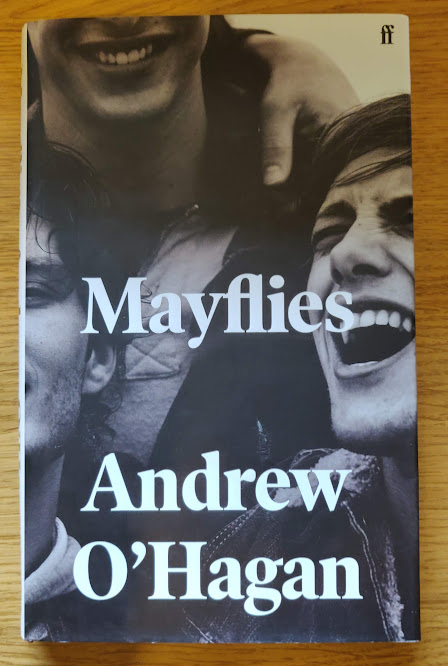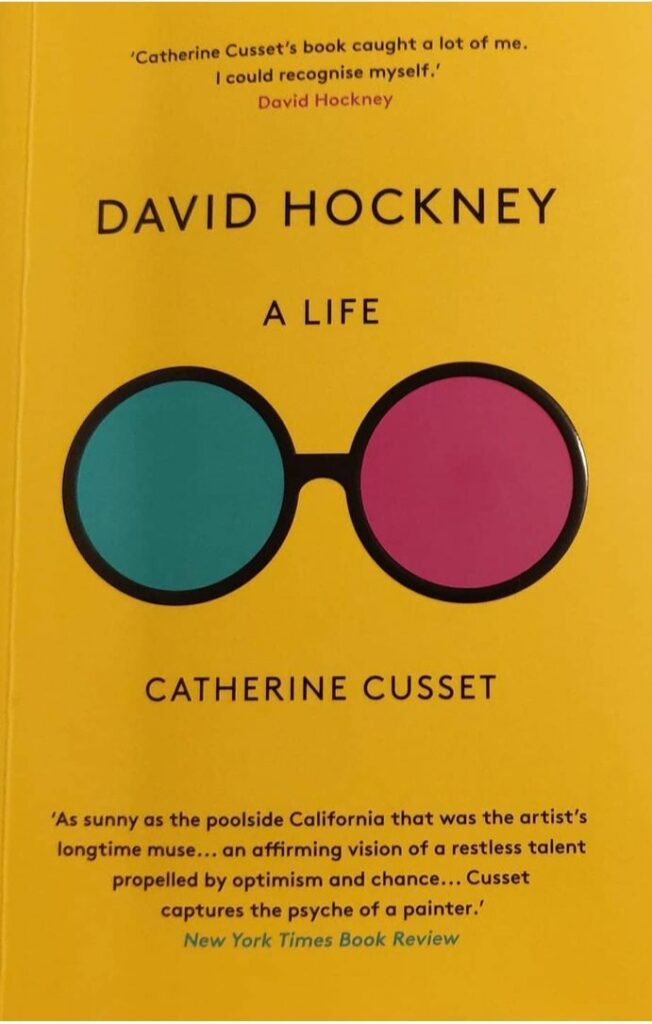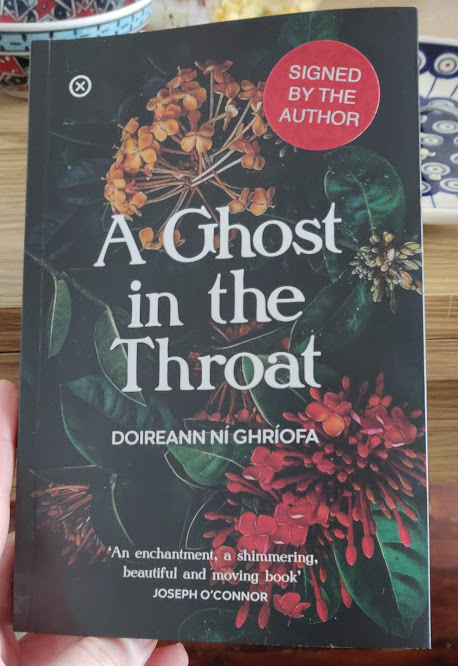In The Lying Life of Adults, a tween named Giovanna overhears her father commenting that she’s becoming like his sister Vittoria. This alone causes her teenage mind to gallop in all directions, turning in on itself, whipping up a flurry of binaries that she uses to parse the world around her. Giovanna’s catastrophising of her father’s words sets off what seems like the main course of the book and leads us to Aunt Vittoria.
When Giovanna meets Vittoria, she first learns about the presence of a bracelet, a woman’s bracelet Vittoria allegedly gifted to Giovanna as a child. Giovanna’s parents deny any knowledge of such a gift. Soon, we learn that the bracelet resided all this time on the wrist of Constanza, the wife of Giovanna’s father’s best friend, with whom he had been conducting an affair for over a decade. When the affair comes to light, the bracelet then moves onto the wrist of Giovanna, as she defines and redefines herself in the aftermath of her father moving in with Constanza and her mother becoming his widow despite the fact that her ex is alive and healthy in another household. Tension over the bracelet leads Giovanna to her first odorous sexual contact with a man, and eventually moves from her wrist to that of the daughter of aunt Vittoria’s lover, Giuliana, who reveals that the bracelet had been stolen by her father Enzo from the wrist of his dying mother in law, and gifted to aunt Vittoria’s healthy mother in order to charm her and make a good impression. The bracelet comes back to Giovanna when she travels to Milan under the pretence of retrieving it for Giuliana, all the while burning with desire to sleep with Giuliana’s fiance, Roberto, before changing her mind. Ultimately, she abandons the bracelet in the final stages of the novel, left beside the bed where she lost her virginity. I hope someone sanitised the bracelet on occasion.
Aunt Vittoria and her adopted family spark all the action in the story. Their dialect breathes life into the stagnant imaginations of the middle class teenage girls. The precarity of their lives, their vulnerability, overt sexuality, poverty and piety excite Giovanna and her friends. Through the characters she meets in Vomero, down there where her father escaped from, Giovanna finds the opportunity to sing along with the common people, to rebel against her parents, before a careful regression to the mean, to the sum of her parents’ parts.
The book cast me under its spell quite fast as I trotted through its pages, convinced that the teenage character would serve as a conduit of truths and revelations about the adults of the story. Then with the introduction of Giovanna’s fascination for Roberto, it seemed like Ferrante suddenly struck a bum note. The careful setup veered off course. Every character introduced before this fades out. Almost everything that led to this moment gave way and descended into half baked adolescent trivialities more suited to a volume of Twilight.
Misguidedly, I foresaw a story that would unfold through a teenage lens about the adults. I thought that through its oversimplified use of binaries, the young narrator would deconstruct the notions of the father figure, of the illusion of order and civility in middle class lives, and go on to expose the futility of trying to transcend human nature. To some extent the book achieves this. Giovanna’s father, despite pulling himself out of the margins and into a respectable middle class existence, finds himself conducting a long affair, the same behaviour he condemned his sister for. He breaks up his family, ultimately destabillising his daughter. His intellectual life seems to have been his defining characteristic as well as his disavowal of Catholicism, yet he seems bored among his peers and desperate to ingratiate himself with the young Catholic intellectual Roberto. Rather than focusing in any meaningful way, these parts of the story simmer dully in the background while the narrator bleats about Roberto, someone she saw give a talk once.
Vittoria seemed poised to play a larger role. She’s the firestarter, yet Ferrante allows her to slip quickly into obscurity. She remains a half-drawn character whose potential for apocalypse and revelation never quite made the mark.
The Lying Life of Adults chronicles the teenage experience of total plasticity. We know next to nothing about Giovanna other than who she becomes from one moment to the next as she accepts and rejects new idols. The drama opens with her feeling ugly and rejected by her father. This causes her to seek out Vittoria and ultimately come under the influence of young men out to sexually exploit her. She teeters close to the edge of satisfying them on their own terms. Then, she falls under the influence of Roberto the fiancee of Giuliana, who calls her beautiful, and changes once again to become someone interesting to him. Towards the end of the book she meets Ida, the younger sister of Angela, with the two of whom she had spent her childhood, until her father and their mother were revealed as lovers, which fractured their friendship for a time. The book ends with her mirroring the actions of Ida, another random turn of events. If Ferrante intended to demonstrate the fickle nature of young women, the fact that all men are on the take, and the only real sensuality can be found in moments of experimentation among women, then she succeeded.
Ultimately, everyone who reads this book is looking for a repeat of The Neopolitan Quartet. Every review is a comparison of this new work and The Neopolitan Quartet. Every review I’ve read of The Lying Life of Adults is either an opinion piece on The Neopolitan Quartet or a discussion of Ferrante’s anonymity. It’s hard to judge The Lying Life of Adults with a clear head.
In Ferrante’s collection of essays and letters, Frantumaglia, which is one of the best books I’ve read in years, she mentions that she doesn’t publish unless she’s personally interested in the project. She has many book-length manuscripts stuffed in drawers that failed to meet her expectations. Either she tried too hard and it doesn’t feel natural, or she simply couldn’t make it work. The fact that The Lying Life of Adults is published means she saw something in it that she deemed worthy to release to the world. I wish I saw it too.


